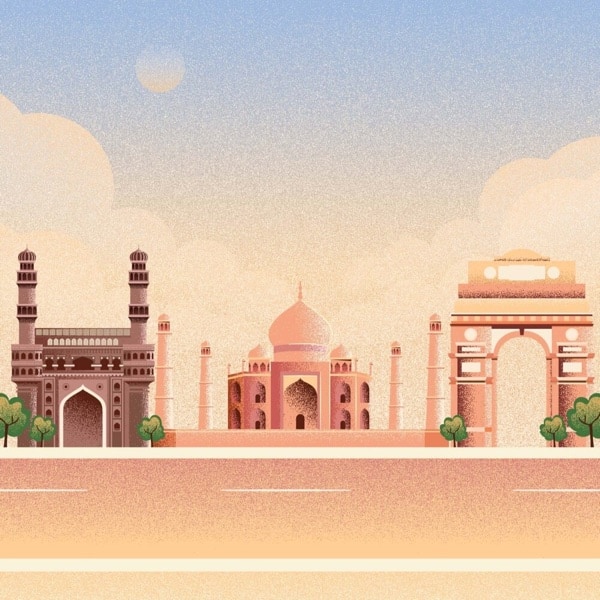How to Reach Badra Fort
Bhadra Fort is located centrally, as it is connected by road, railway, and airport. Let’s see how you can reach the fort.
1. Road:
If you are travelling from the nearby state of Rajasthan, you can find a number of buses, both public and private, from cities like Udaipur, Chittor, Bikaner, etc. You can reach the destination by road. You can also travel by your own vehicle or hire a taxi when you are visiting the area. You can choose to book your buses via Adani One and save on your ticket.
2. Air
Ahmedabad is well connected via Sardar Vallabhbhai Patel International Airport. You can book your air ticket through Adani One, where you will find a host of airport services that you can book without worrying about your air journey. From the airport, you can book a cab to reach Bhadra Fort.
3. Train
You can choose to travel via train to Ahmedabad Junction and get a local cab, or city transport to reach Bhadra Fort. For a seamless train ticket booking, choose Adani One by booking your train ticket now.












